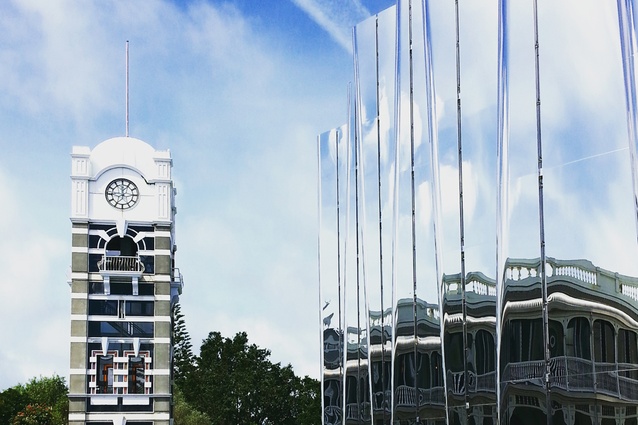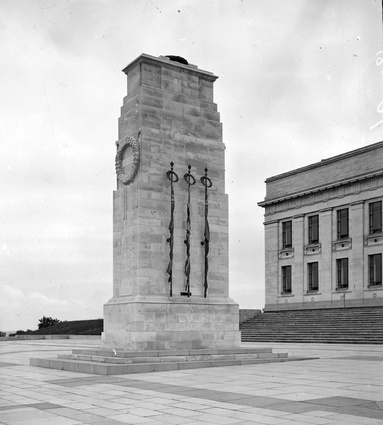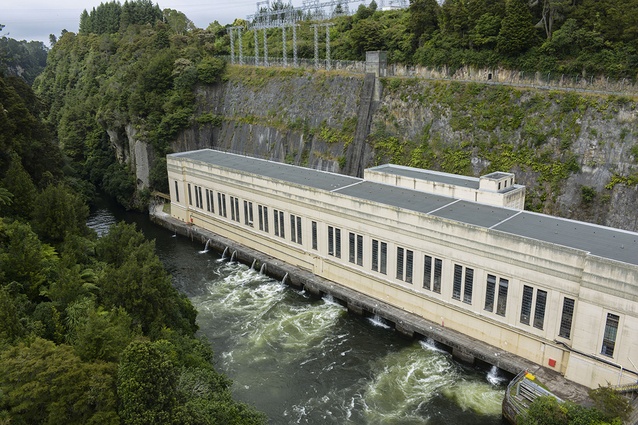Creating new historic places
David Batchelor, planner at Beca and creator of Wellington City Heritage Week 2017, asks if we can purposefully create new historic places.
Can new historic places be purposefully created? This question goes against the common discourse that historic places hold an intrinsic value beyond their physical fabric with almost a divinely status and, as such, cannot be fabricated. Their value is said to be earned through authentic time-tested societal meaning. However, historic places started life as simple constructions like any other place and, through knowledge of what is constituted as ‘historically significant’, new places can be purposefully created to become historic in the future.
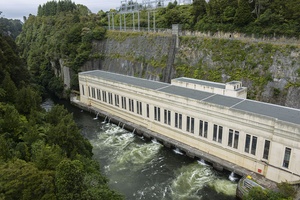
A ‘historic place’ is defined by the Heritage New Zealand Pouhere Taonga Act 2014 as any singular or combination of land, building, and structure “that forms a part of the historical and cultural heritage of New Zealand and that lies within the territorial limits of New Zealand”. This Act promotes the identification, protection, preservation, and conservation of historical and cultural heritage nationwide. Under its authority, Heritage New Zealand Pouhere Taonga manages the New Zealand Heritage List (the List).
The List is recognised as the national register for places of historical or cultural significance and value. District and regional councils have non-Listed places on their heritage schedules to reflect local significance, but, in large, the List holds the commonly considered historic places nationwide. It is therefore argued that if a place can be included on the New Zealand Heritage List then it would be considered as a historic place.
To achieve an entry on the List, the Act provides the criteria that a nominated place has to be meet. A place may be entered on the List if Heritage New Zealand is satisfied that the place has aesthetic, archaeological, architectural, cultural, historical, scientific, social, spiritual, technological and traditional significance or value. Additional criteria may be added if required to express the place’s significance.
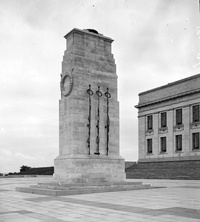
A place’s significance can be a singular or combination of the criteria. It is common that places emphasise a singular or similar criteria to justify their listing with other criteria having a supporting role or no relevance. Places such as memorials tend to hold social and cultural significance while infrastructure tends to have a technological emphasis.
For example, the Category 1 Cenotaph in the Auckland Domain has very high social and cultural significance for national war remembrance and secondary architectural value for the copying of a Whitehall cenotaph, but no other noted value. The Arapuni Dam in the Waikato showcases the technological significance of the burgeoning hydro-electric industry in the 1920s with secondary landmark value but little mention of other criteria.
In light of the above, if a place was constructed to achieve very high in one of the Act’s criteria, then it is theoretically possible that it will become entered on the List and anointed historic status in the future. The next question is, is it practically possible? I would argue it is if a place can meet the criteria in the Act and its value be understood in a historic context.
Contemporary architects, engineers, and planners have the ability to purposely design new places that meet the criteria in the Act. If given the scope, budget and the awareness to do so, most of the criteria can be achieved through innovation and design. Similar to the urban design practice of place-making, creating a historic place can emphasise the stories and influences of a community and area or seek to inspire new technologies, designs, and functions to create something valuable. By highlighting one of the Act’s criteria, a place can purposely transcend its physical fabric and present day role to create a future historic value.
It is understandable that the opportunity to design such a place does not come along every day, but in some cases they are present, and with the right vision, this place can provide historical meaning to a future audience.
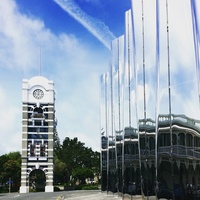
The 2015-opened stainless steel Len Lye Centre in New Plymouth is an example where this has been achieved. The centre was constructed to house the culturally significant work of the New Zealand-born artist Len Lye, and was purposely designed to be architecturally impressive by multi-award-winning architect Andrew Patterson. With future management that maintains or strengthens its existing high cultural and architectural significance, this place could very well be anointed ‘historic’ in the future.
Regarding understanding a place’s historic value, there is no requirement in the Act for how long a place must exist before it can be entered on the List, but it is understood that a substantial period will be required for a place’s value to appear and be able to be adequately assessed. For instance, Sir Ian Athfield’s 1972-built house is currently being considered for listing by Heritage New Zealand. Sir Athfield’s passing in 2015 has enabled perspective to be given to the legacy and value of his work. In this case, the required period was approximately 40 years.
For engineers, architects, and planners, this time period is achievable as the Building Code requires the life of a new building’s elements to be not less than 50 years with normal maintenance. Other non-building places can exist a similar lifetime if designed, constructed and managed correctly. The challenge is creating a place that can hold its significance throughout this period which can provide it with an adequate historical perspective.
While purposefully creating a future historic place may not be the objective of a creation or, some might argue, historically responsible, it is important that architects, engineers, and planners are aware that they have the ability to create future historic places. Achieving a historic status is not just recognition of a place’s passing of time but its significance to a story, be it technological, social, cultural, architectural or scientific. These stories have to start somewhere and architects, engineers, and planners have the opportunity to contribute to the historical narrative.


